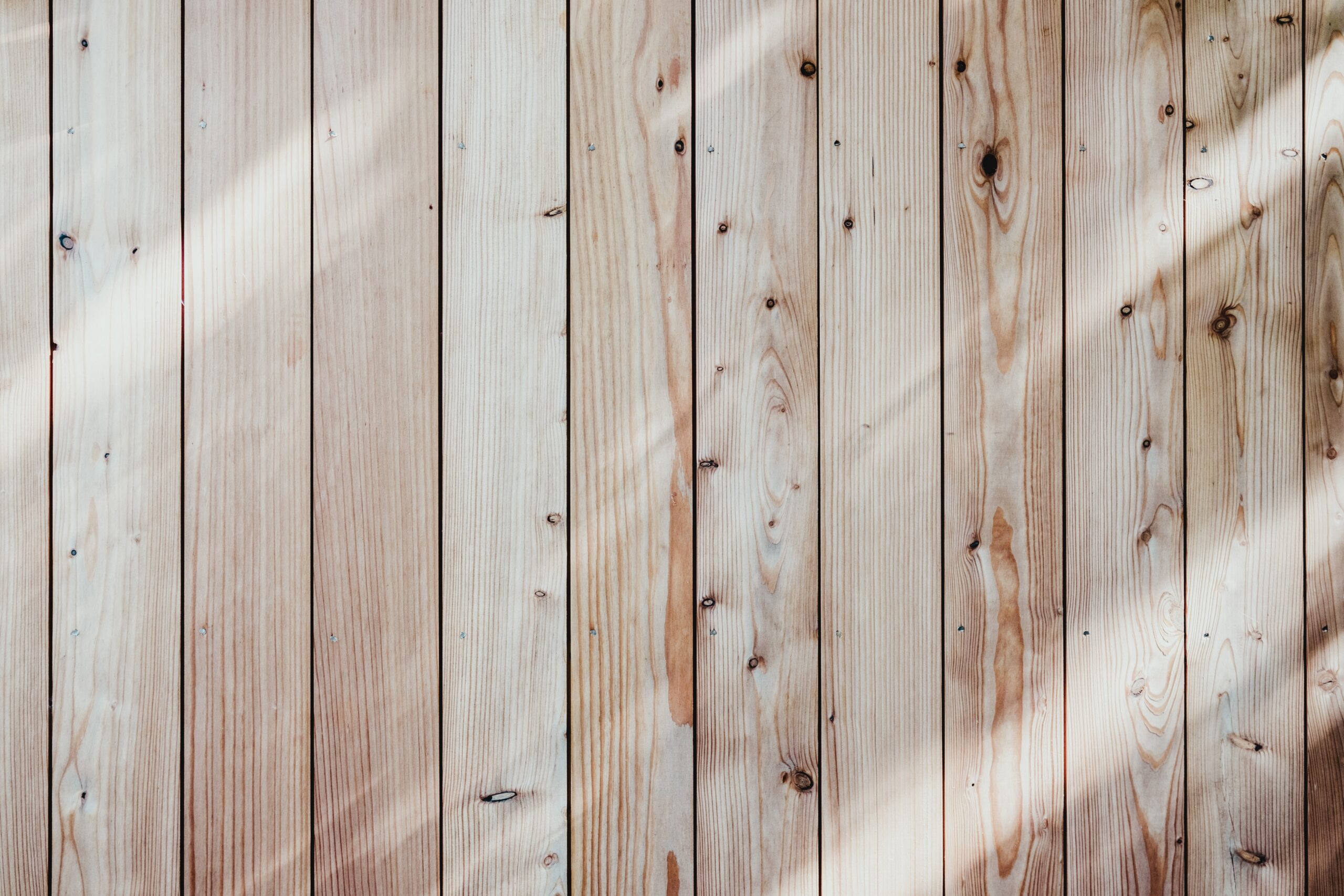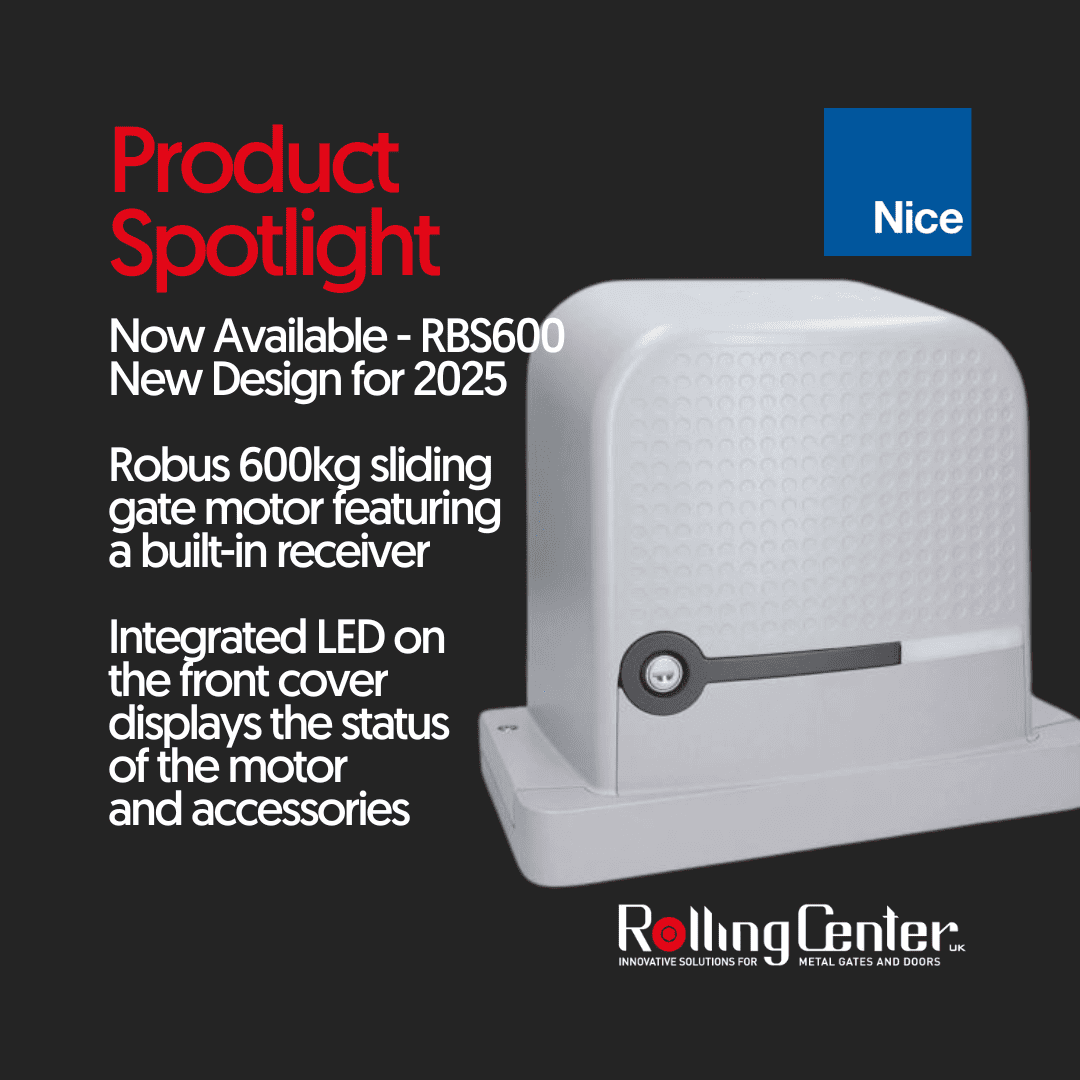
Ready to elevate your detection game? Meet the ASO Lisens Radar scan
Smarter and sleeker alternative to traditional ground loops and photocells! Take a closer look. No digging. No wiring. No hassles.

Your guide on choosing composite wood or natural wood for your fence or gate.
Looking to weigh up the pros and cons of composite fencing vs wood? Whether you’re a homeowner about to renovate your own property or a business owner looking for a handy resource to share with your customers, the experts at Rolling Center have created the ultimate guide to help you with your decision..
From cost to durability, here’s everything you need to know when comparing composite fencing with wood.
The longevity of your chosen fencing is an important factor when weighing up which product material to choose. So which comes out on top? Let’s look at the different factors which impact durability..
Rot/Decay
Wood fencing is generally more susceptible to rot. This is especially true for those softer woods like pine and fir, but even harder woods such as cedar are also at risk of rot, though it will take them longer to get to this point.
In comparison, whilst composite wood is not completely resistant to mould damage, some simple light maintenance can ensure it lasts much longer than any natural wood can.
Insect damage
When it comes to small critters, wood fencing can be severely damaged by things such as termites or woodlice. Composite wood boards in comparison are not damaged by insects at all.
Winner of most durable?: Composite wood
One important aspect of your purchase decision will of course be cost. But which is more expensive, composite fencing or wood?
Stats from Checkatrade show that natural wood generally has a cheaper upfront cost. However one caveat to remember is that composite wood lasts a lot longer, so whilst you pay more upfront, you’re less likely to need it replacing in the future – making it a cheaper long term solution.
Winner of the least expensive: Wood for upfront cost, composite wood for long term.
This depends on the quality of the composite wood you buy. Some composite wood products have built in fade resistance, and whilst there will always be some fade in the initial month, it is limited – meaning you get that ‘like new’ look for years to come. Rolling Center’s composite wood comes with fade resistance as a standard.
Natural wood fencing will also incur some fading, but this is even less noticeable than composite wood.
Winner of the most fade resistant: Natural Wood
One of the biggest benefits of choosing composite wood is the lack of maintenance required to keep it looking at its best. Whilst there is some maintenance required, composite wood doesn’t react to temperature or moisture level changes in the same way natural wood does – meaning it retains its shape and durability much more.
Winner of least maintenance required: Composite wood
Modern day composite wood has evolved to create a truly authentic wooden look. That being said, some people feel that it still can’t fully match the natural wood look.
Winner of most authentic looking? Natural wood
Another benefit in using composite wood panels for your fence or gate is the variety of colour choices and patterns available. Black, grey, brown, patterned – composite wood offers much more choice than regular wood, and doesn’t need to be painted or stained to create the look you want like natural wood does.
Winner of colour choice? Composite wood
You may be surprised to know that composite wood is seen by many as the more eco-friendly product of choice.
Why?
It’s made from recyclable materials
Unlike natural wood, no trees are cut down to make it
Its long lasting and low maintenance capabilities means that no toxic or harsh chemicals are required to maintain it (such as for staining or sealing) unlike regular wood
Winner of most environmentally friendly? Composite wood
Installation impacts the time and therefore the cost of building your gate or fence. The good news is that both composite wood and natural wood are generally easy to cut and install.
However, composite wood has the added benefit that it can be bent much more easily by heating compared to wood – something which may be of benefit if you’re trying to achieve a curved fence or gate.
Winner of easiest to install? Composite wood
The following table weighs up the full list of pros and cons discussed for both composite and natural wood.
| Composite. vs | Wood | |
| Cheapest upfront cost | Y | |
| Cheapest long term | Y | |
| Most durable/long lasting | Y | |
| Most fade resistant | Y | |
| Least maintenance required | Y | |
| Most authentic look | Y | |
| Most choice of colours | Y | |
| Most environmentally friendly | Y | |
| Easiest to install | Y |
The Rolling Center verdict? Ultimately, whilst composite wood is more expensive initially, it offers a much more durable product which is easier to maintain and install, making it our preferred choice.
Shop all our composite wood products online today.

Smarter and sleeker alternative to traditional ground loops and photocells! Take a closer look. No digging. No wiring. No hassles.

Trade Professionals – Unlock Smart Access with Akuvox! Rolling Center is an official nationwide distributor for the full Akuvox range

The iconic Robus 600kg sliding gate motor for residential gates has undergone a makeover. The sleek, modern casing ensures your